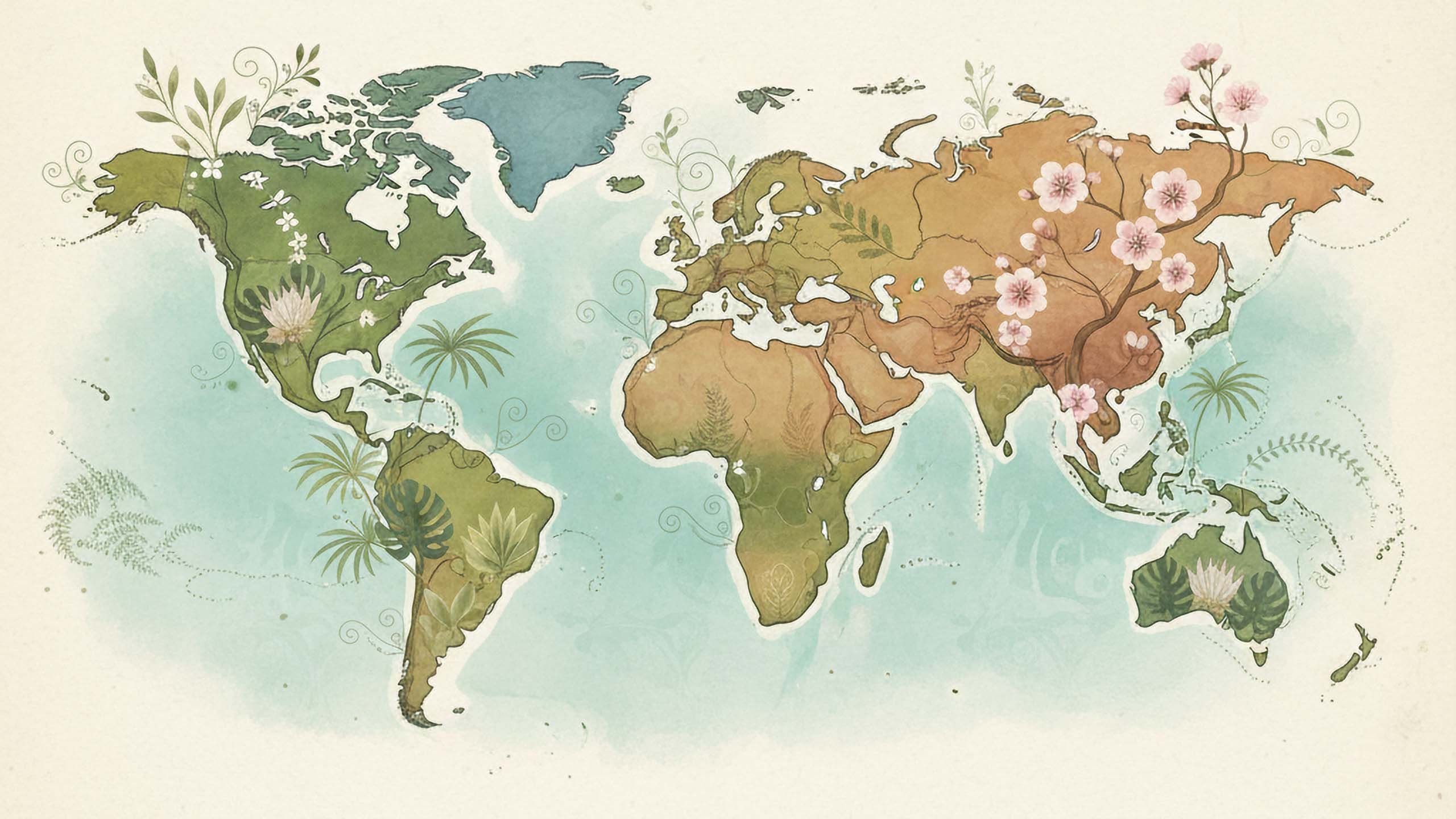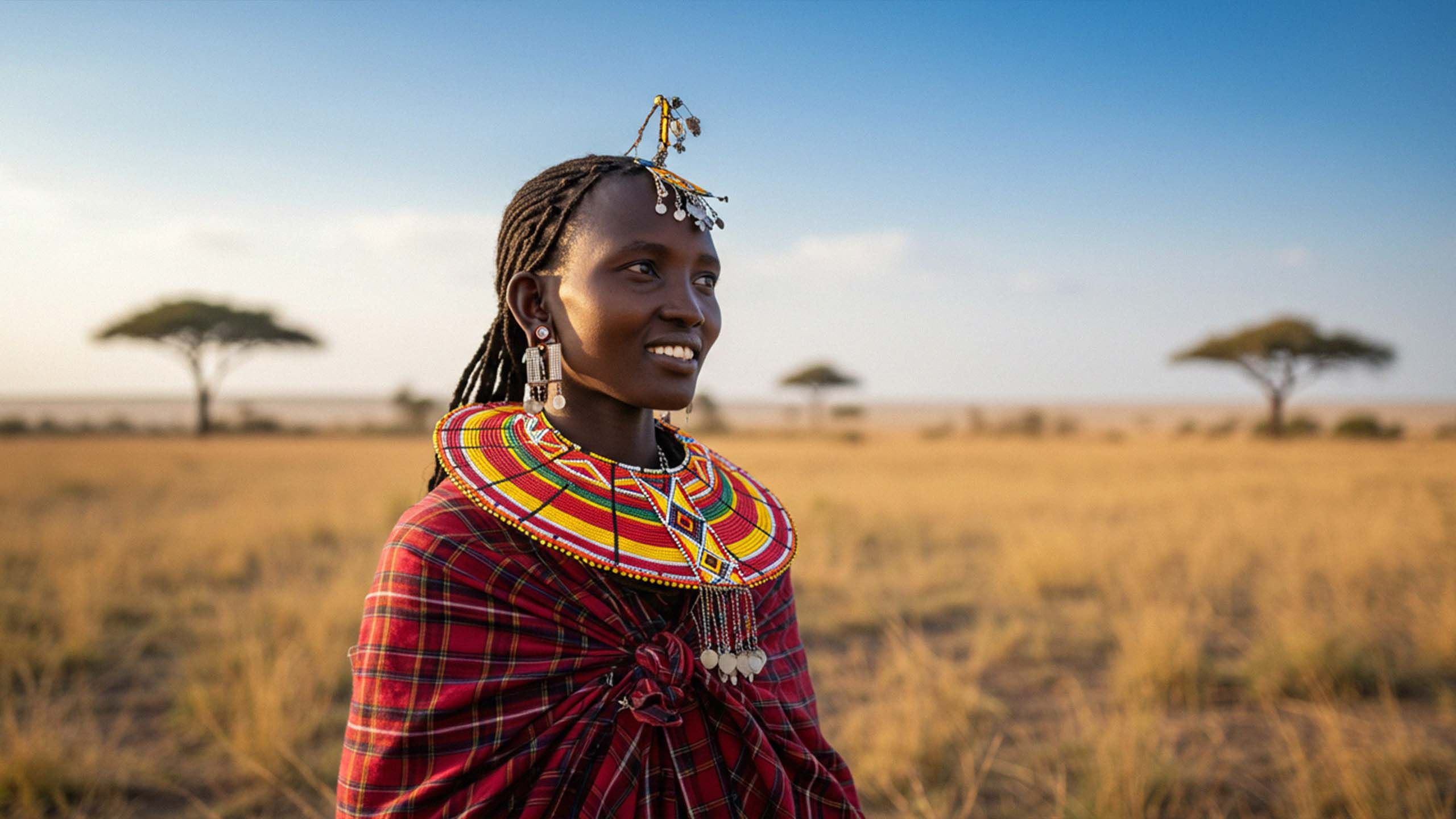Cultural Spotlight: South American Practices in Intimacy

Cultural Spotlight: South American Practices in Intimacy
Across South America, traditions surrounding intimacy reflect a rich blend of ancestral customs, spiritual beliefs, and contemporary reinterpretations of the body and relationships. From the highlands of the Andes to the coastal rhythms of Brazil, attitudes toward sensuality and partnership reveal a nuanced relationship between heritage, health, and modern identity.
Ancient Roots and Modern Continuities
Long before colonial influence reshaped social values, indigenous communities across South America held a more integrated view of intimacy. In several pre-Columbian cultures, sexuality was not merely a private affair—it was regarded as a natural extension of life and fertility. Archaeological findings from the Moche civilization of northern Peru, for instance, include pottery that depicts acts of affection and reproduction with symbolic, instructive precision. Rather than being obscene, these images served to communicate life’s cyclical and sacred aspects.
In parts of the Amazon basin, traditional healers and shamans still approach intimacy through a holistic lens, combining herbal knowledge with ritual purification. Certain plants, such as catuaba in Brazil or muira puama, are believed to enhance vitality and emotional connection. These natural aphrodisiacs have entered the global wellness market, though their traditional use was never just about desire—it was also about restoring balance between body and spirit.
The Interplay of Faith and Cultural Influence
With the arrival of European colonization, Christian morality deeply influenced perceptions of intimacy, shaping gender roles and expectations that still echo across many South American societies. Public modesty became a marker of virtue, especially for women, even as private life continued to preserve older understandings beneath the surface.
Yet, the region’s Catholic foundation did not erase sensuality—it redirected it. In places like Argentina and Brazil, passion found cultural outlets in art, dance, and music. The tango, for instance, captures an unspoken dialogue between longing and restraint. Born in Buenos Aires’s working-class districts in the late 19th century, the dance evolved into a language of emotional intensity, one that expressed desire without explicitness. Similarly, Brazil’s samba and forró embody rhythmic courtship, often performed with flirtatious energy that both celebrates and challenges social norms.
In Argentina, early tango was considered scandalous due to its intimate movements. Over time, it became a national symbol of emotional expression and connection.
Gender Roles and Emotional Intimacy

While attitudes toward gender and relationships are shifting, traditional expectations continue to hold influence in many areas. Machismo—the cultural ideal of masculine pride and strength—remains a defining feature in some communities. However, a growing number of South American women are reinterpreting intimacy through agency rather than submission.
In urban centers such as Bogotá, Santiago, and São Paulo, conversations around relationships increasingly include emotional awareness and equality. Women’s health movements have encouraged open discussion about pleasure, consent, and body literacy. Clinics and workshops that address these topics often blend Western education with indigenous perspectives, emphasizing respect for the body as a source of wisdom rather than shame.
Meanwhile, men’s attitudes are also evolving. Younger generations, particularly in metropolitan regions, are showing greater interest in emotional intelligence and communication within relationships. This shift, subtle yet significant, suggests that intimacy is being reframed less as performance and more as connection.
| Aspect | Traditional Perspective | Modern Perspective |
|---|---|---|
| Gender Roles | Distinct roles guided by social expectations and faith | Growing equality and open dialogue between partners |
| Emotional Expression | Often reserved, with emphasis on propriety | Encourages communication and emotional awareness |
| Cultural Symbolism | Linked to fertility and spiritual connection | Viewed through emotional wellness and personal growth |
The Role of Nature and Ritual
Nature continues to play a quiet yet profound role in South American intimacy. Ritual bathing in rivers or natural springs, practiced in various rural communities, symbolizes cleansing not only of the body but of emotional burdens. In parts of Ecuador and Colombia, couples may visit local healers for limpias—spiritual cleansings that use herbs, smoke, and prayer to remove energetic stagnation in relationships.
In the Andean worldview, the body is part of a cosmic order. Harmony between partners mirrors harmony with the earth. Some indigenous teachings even associate sexual energy with creative power—the same energy that brings forth crops, rain, and life itself. When understood through this lens, intimacy becomes less about control and more about flow, reciprocity, and care.
Contemporary Expressions
Modern South America is a place of contrast. Traditional modesty coexists with open sensual expression, and deep religiosity intertwines with secular exploration. Social media and global exchange have introduced new ways of thinking about intimacy, from self-care movements to therapy culture. Yet, despite these outside influences, the region maintains a character of authenticity that resists full homogenization.
In Brazil, for instance, the bumbum (buttocks) is not only a beauty standard but a cultural symbol tied to confidence and vitality. In Peru and Bolivia, traditional marriage rituals still involve offerings to Pachamama (Mother Earth), asking for fertility and mutual respect. In Chile and Uruguay, where urban sophistication meets European influence, intimacy is often approached with quiet sensuality and understated affection.
Each expression reflects a conversation between history and modernity—a negotiation between what was inherited and what is chosen.
Beyond Stereotypes
It is easy for outsiders to interpret South American sensuality through clichés of heat and passion. Yet beneath the surface lies a far more intricate reality—one that values connection, renewal, and continuity. Intimacy here is not merely about desire; it is about belonging—to one’s partner, one’s heritage, and the rhythms of life itself.
In examining South American practices in intimacy, one encounters not just cultural variation, but a shared philosophy: that closeness between men and women carries both pleasure and purpose, grounded in respect for the natural and emotional world.
This balance between the sensual and the spiritual continues to shape the region’s intimate life, offering insight into how tradition and modern awareness can coexist—not as opposites, but as complementary forms of understanding what it means to be human.
Questions & Insights
What makes South American intimacy unique?
It blends sensuality with spirituality, viewing physical connection as a reflection of emotional and natural harmony rather than mere desire.
Are traditional rituals still practiced today?
Yes, especially in rural and indigenous areas. Ritual baths, herbal tonics, and spiritual cleansings continue to hold cultural significance.
How are gender roles changing?
While traditional values persist, urban generations are embracing communication, equality, and shared emotional responsibility in relationships.
Disclaimer: The articles and information provided by the Vagina Institute are for informational and educational purposes only. This content is not intended to be a substitute for professional medical advice, diagnosis, or treatment. Always seek the advice of your physician or another qualified health provider with any questions you may have regarding a medical condition.


 English
English  Deutsch
Deutsch  Español
Español  Français
Français 



